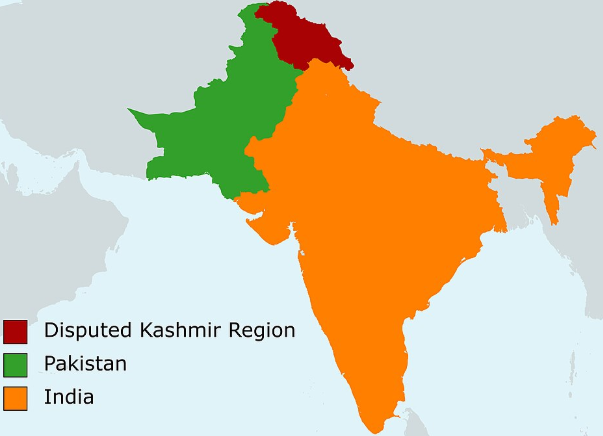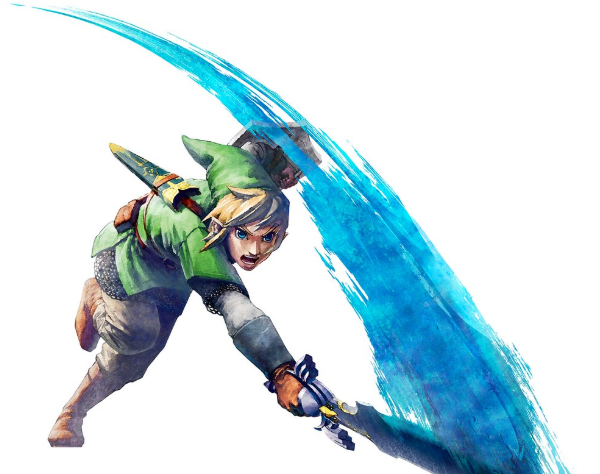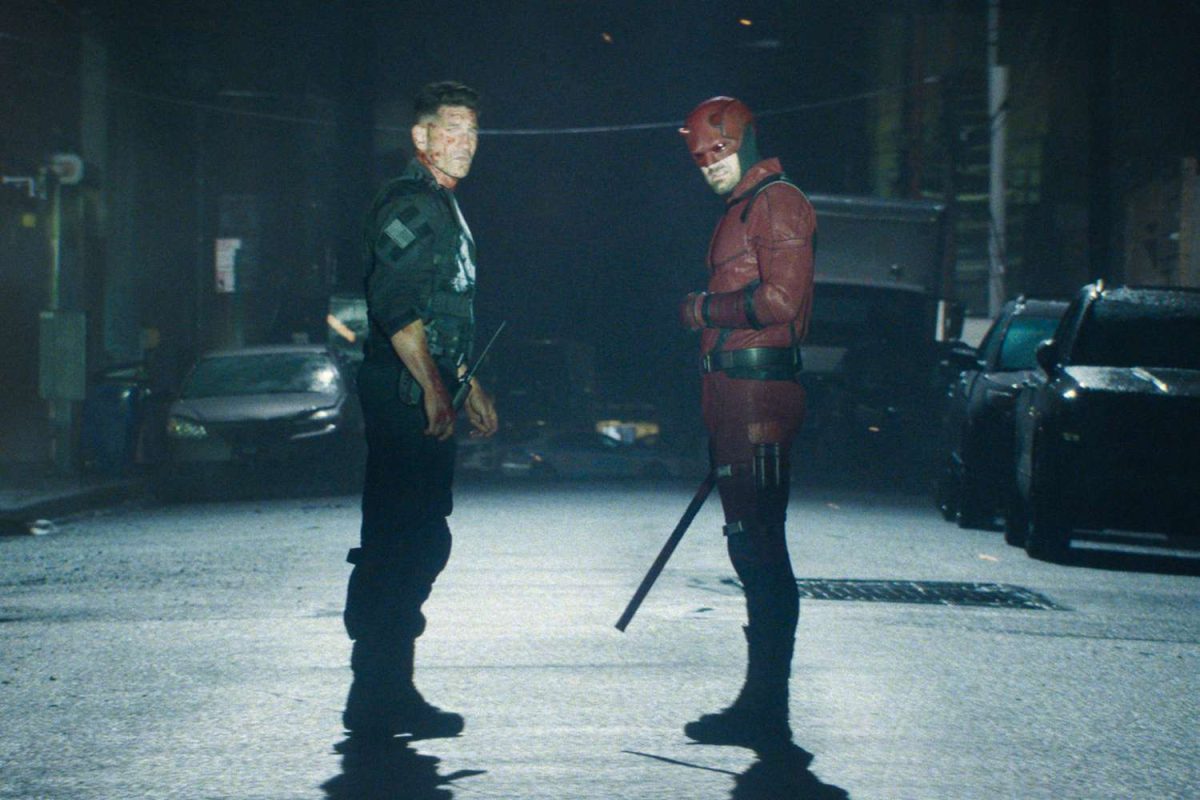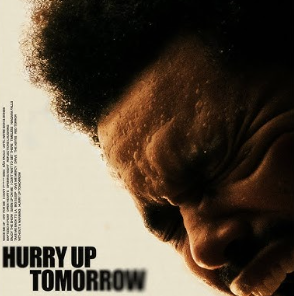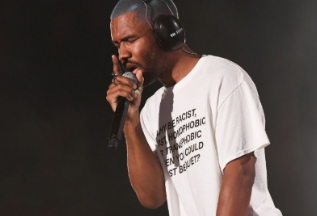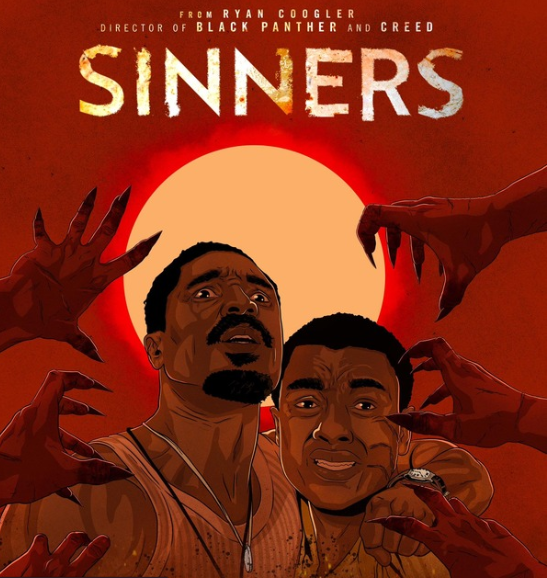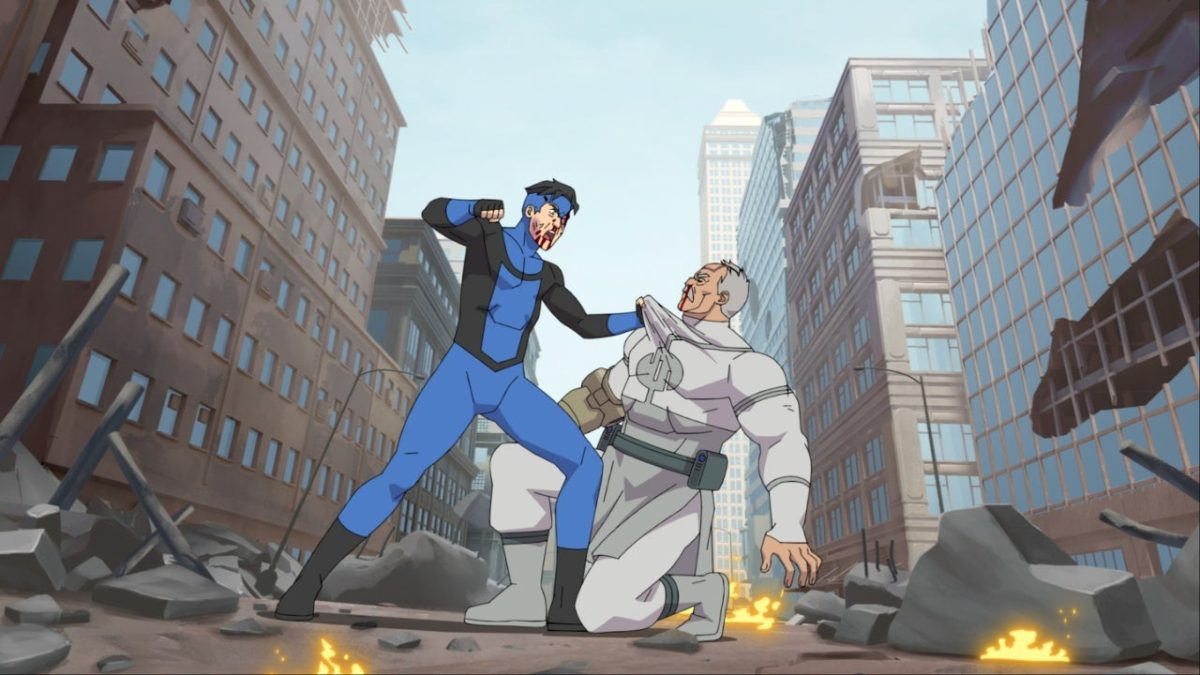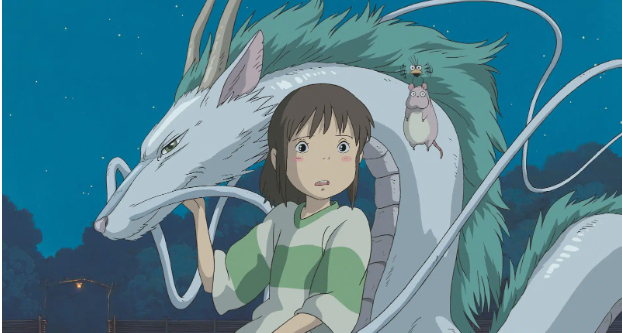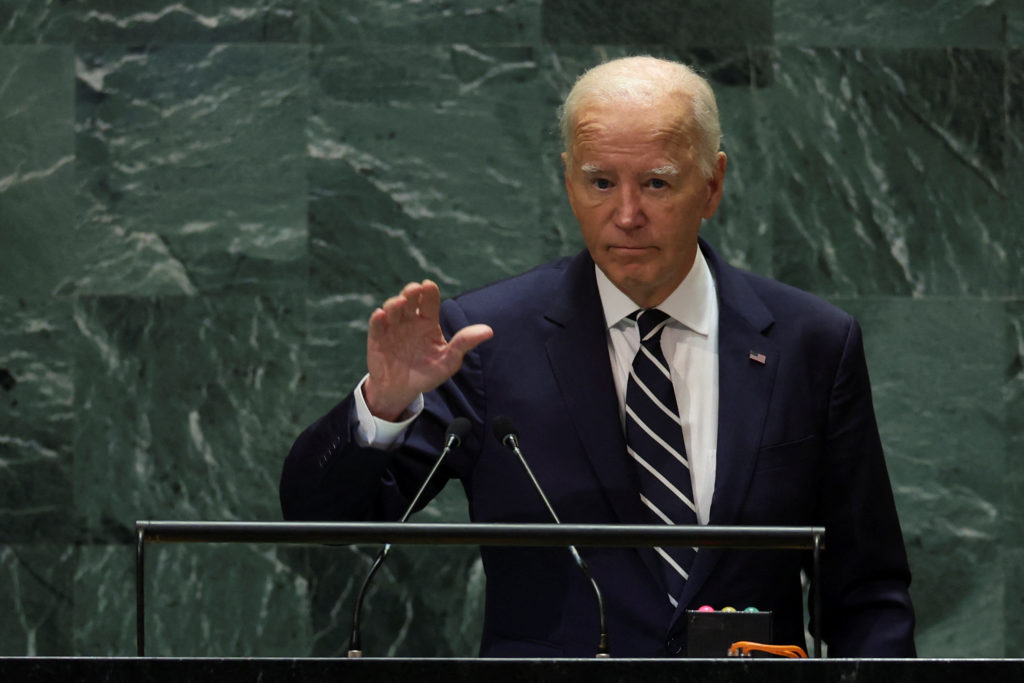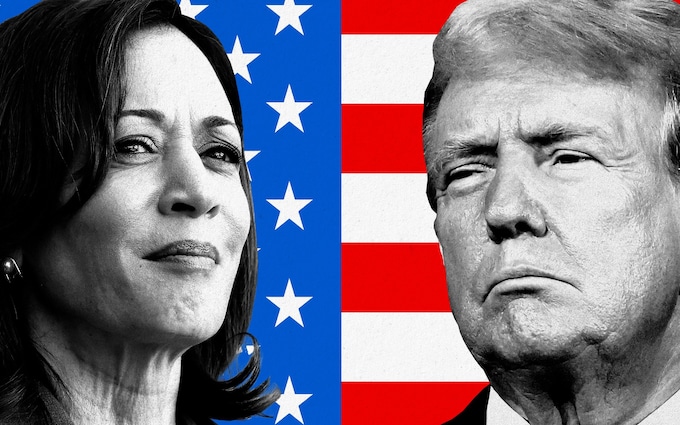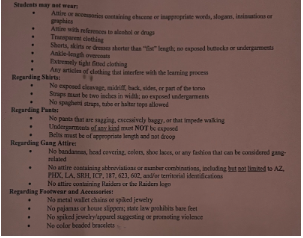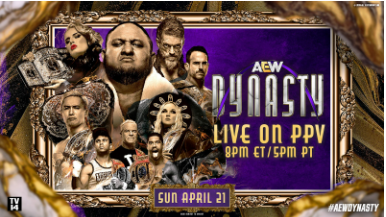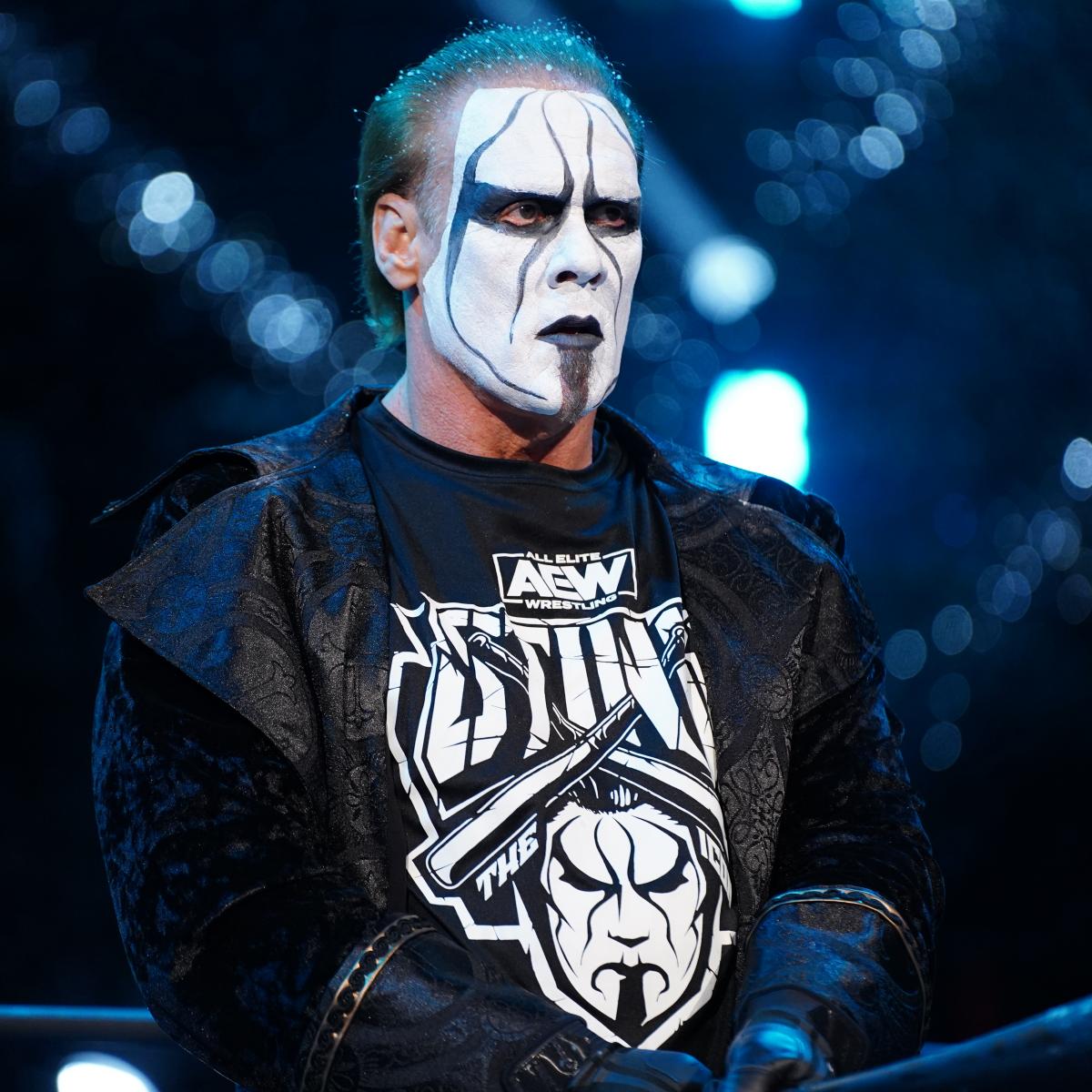The Man Called Sting has recently announced on an episode of AEW Dynamite that he will retire after his final match at 2024’s Revolution pay-per-view. This leaves behind a legacy spanning 39 years of wrestling around the world in several promotions. Steve Borden was born in Omaha, Nebraska in 1959, and during his high school years, took an interest in professional wrestling after being taken to a WWE live event where he saw Hulk Hogan, The Iron Sheik, Andre the Giant, and many others in action.
In 1985, Borden made his professional wrestling debut as “Flash” in the independent All-California Championship Wrestling alongside The Ultimate Warrior, back when he went by Jim “Justice” Hellwig. Both men wore face paint, which they would keep as their gimmick for the rest of their respective careers.
Borden later changed his name to Sting while wrestling in the Universal Wrestling Federation. Sting would tour the indie circuit for a couple of years before starting a rise to fame in the National Wrestling Alliance.
Soon after his arrival in the NWA, Sting was wrestling matches with the likes of Ric Flair, The Road Warriors, and the Four Horsemen. By 1990, Sting would defeat Flair for the NWA World Heavyweight Championship at The Great American Bash.
In January of 1991, a new wrestling company was formed from NWA, named World Championship Wrestling. After Sting’s NWA championship run ended, he jumped ship to WCW where he would achieve his peak in popularity.
During this time, he would adopt a look adjacent to the movie “The Crow”, where the main character wore black and white face paint. Sting would do the same, dying his hair black and changing his attire to all black.
During his 11-year tenure in WCW, Sting would win 15 championships in the company. After the new millennium, WCW’s ratings were going down as they were losing viewers to their competitor, World Wrestling Entertainment.
By 2001, WWE would buy WCW entirely, leaving many of its wrestlers either out of a job or left to try their luck in WWE.
Sting ultimately chose not to join the WWE, but later signed with the newly formed wrestling company Total Nonstop Action Wrestling in 2003. During this time, Sting would wrestle rising stars such as AJ Styles and Samoa Joe, as well as established legends like Kurt Angle and Booker T. Sting would go on to win the TNA World Heavyweight Championship four times.
After wrestling seemingly everywhere except for WWE, Sting debuted there for the first time in 2014. His time would be cut short, however, due to a neck injury that occurred during a match with Seth Rollins.
Many wrestling fans believed that this injury would retire the then-56-year-old Stinger, but The Icon is nothing if not resilient. In 2020, Sting returned to wrestling in the brand new All Elite Wrestling alongside Cody Rhodes and Darby Allin. Sting would take Darby Allin, a fellow face-painted wrestler under his wing for the rest of his time in AEW.
Sting is exactly what his nickname says. An Icon. His dark gimmick, style, and moves influenced countless wrestlers after him, and his longevity only adds to his legend. There are very few eras in wrestling where the Man called Sting has not left his mark.


